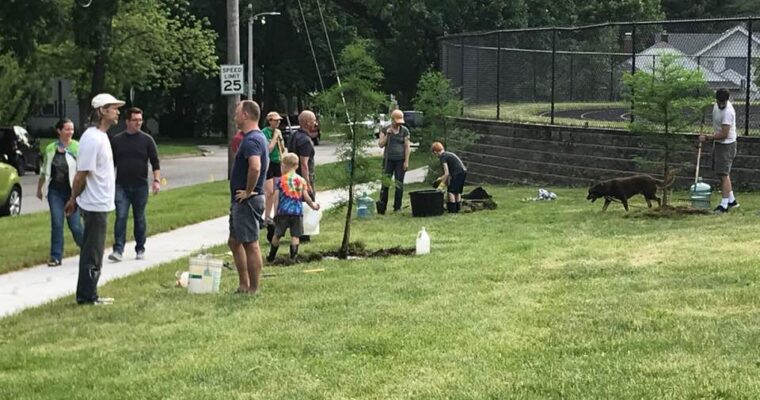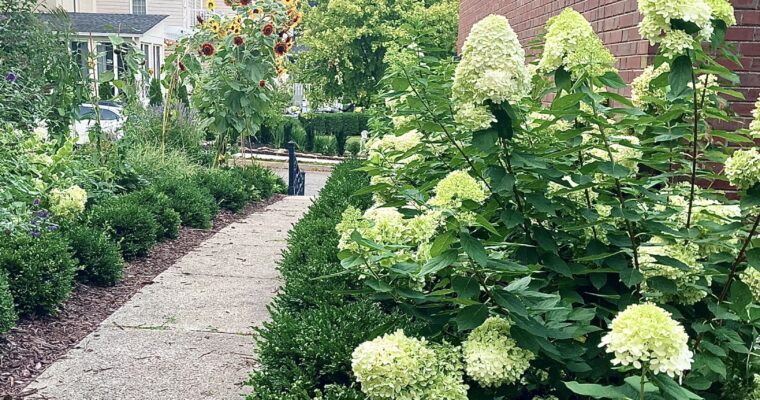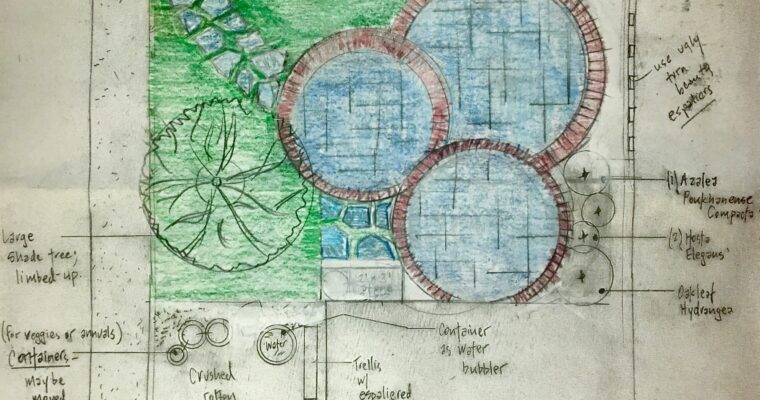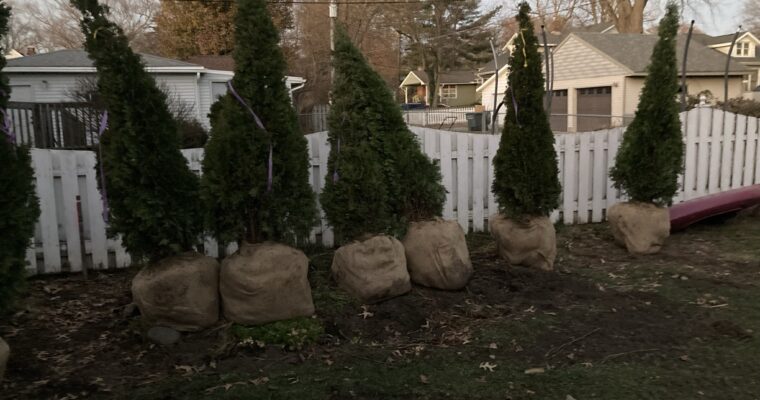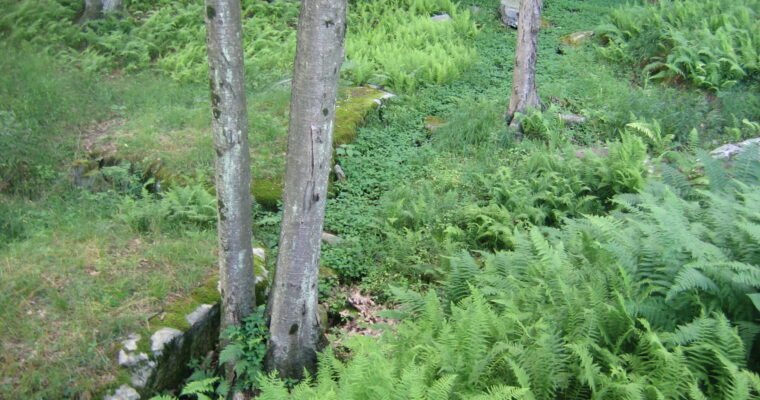Community Greening, Giving Back
Our company’s owners live in a sweet residential setting, with nearby pocket parks and some mature street trees. However, this in-town neighborhood was in need of greater investment of street trees, and both Julia and Daniel have been active community tree-planting advocates for our neighborhood. …

